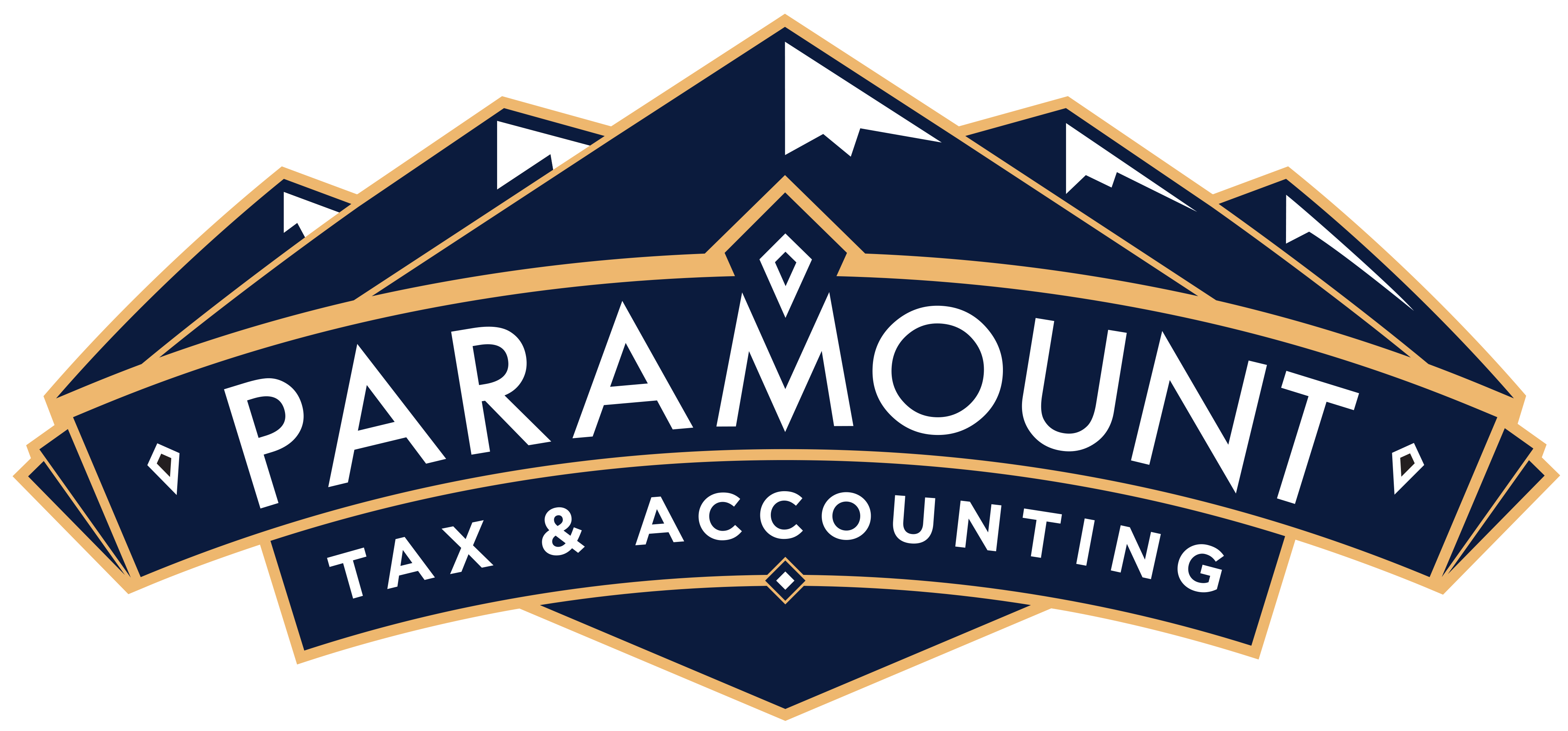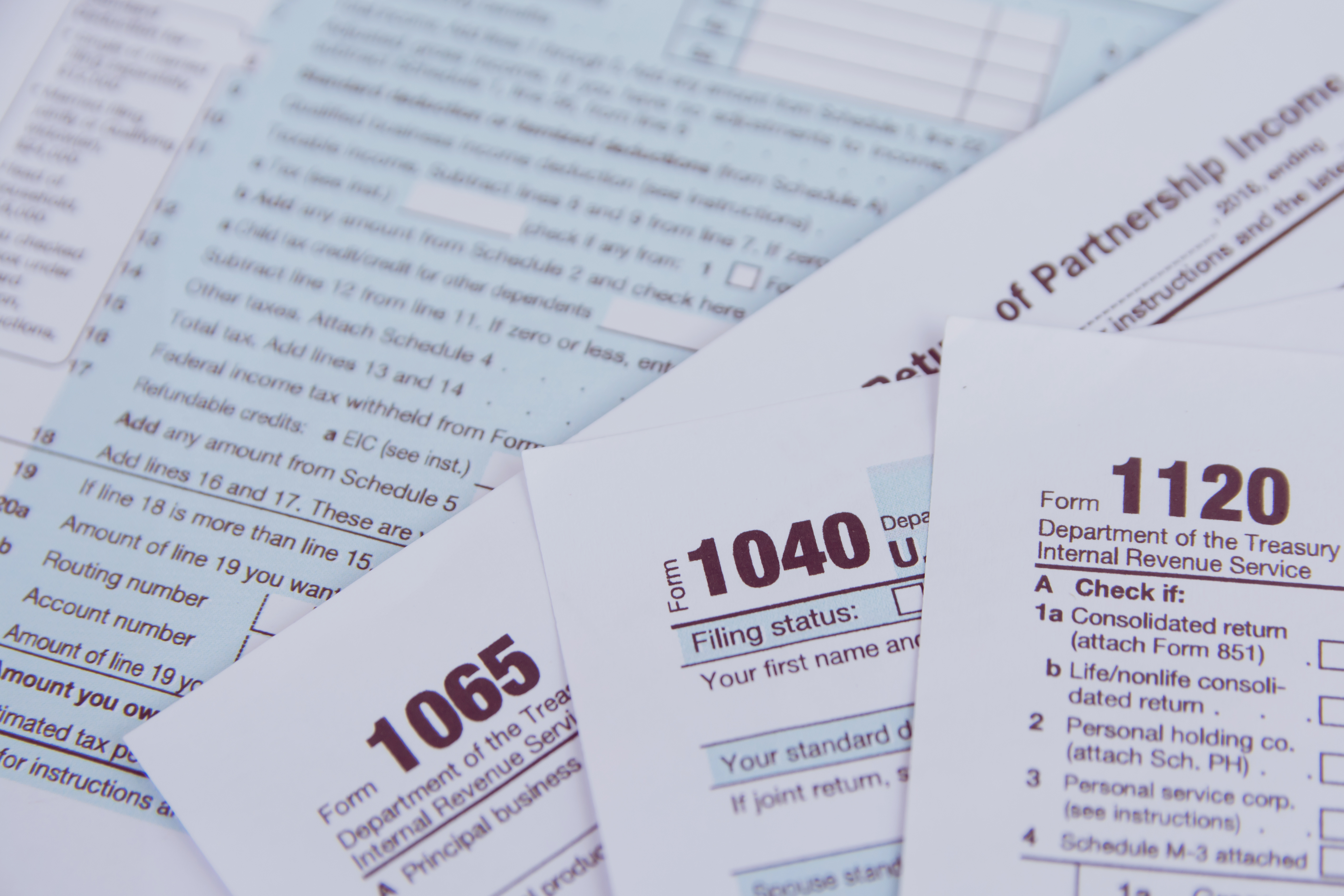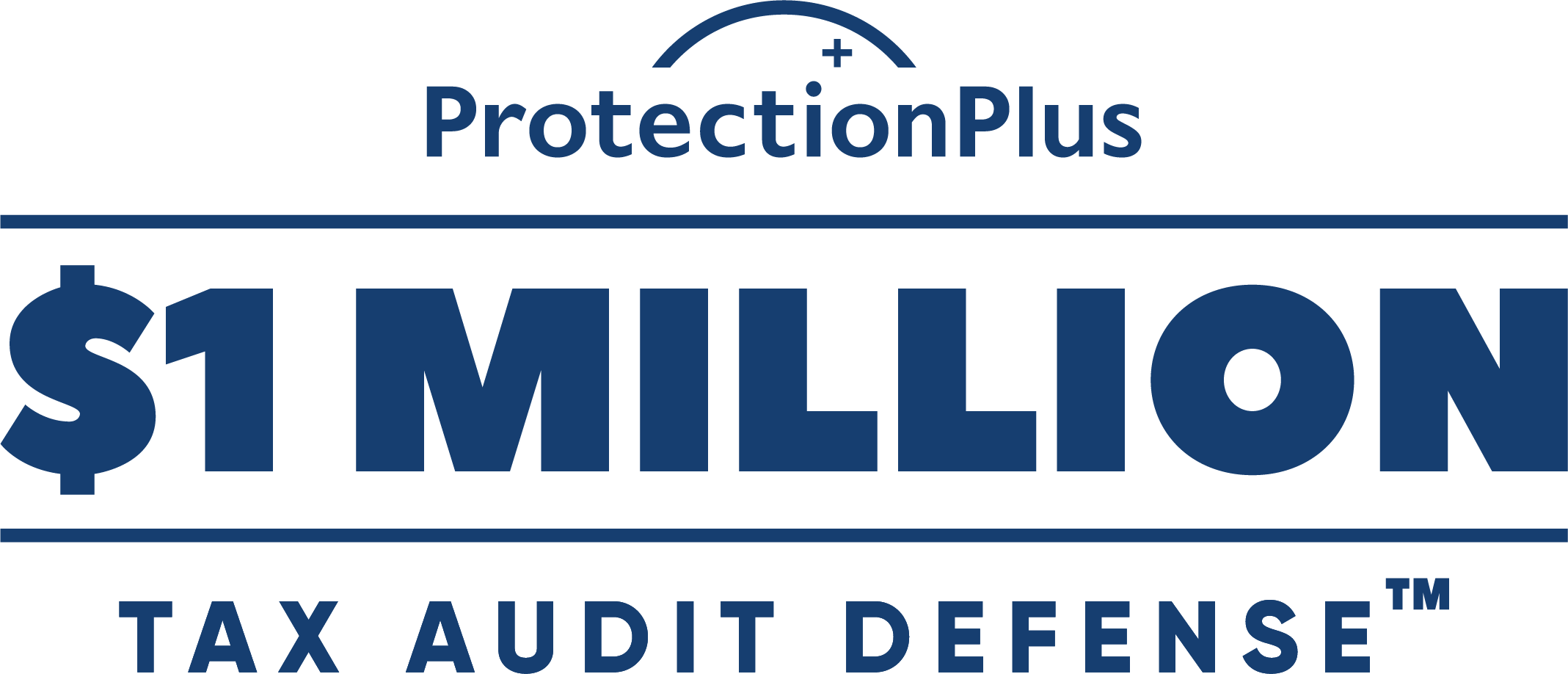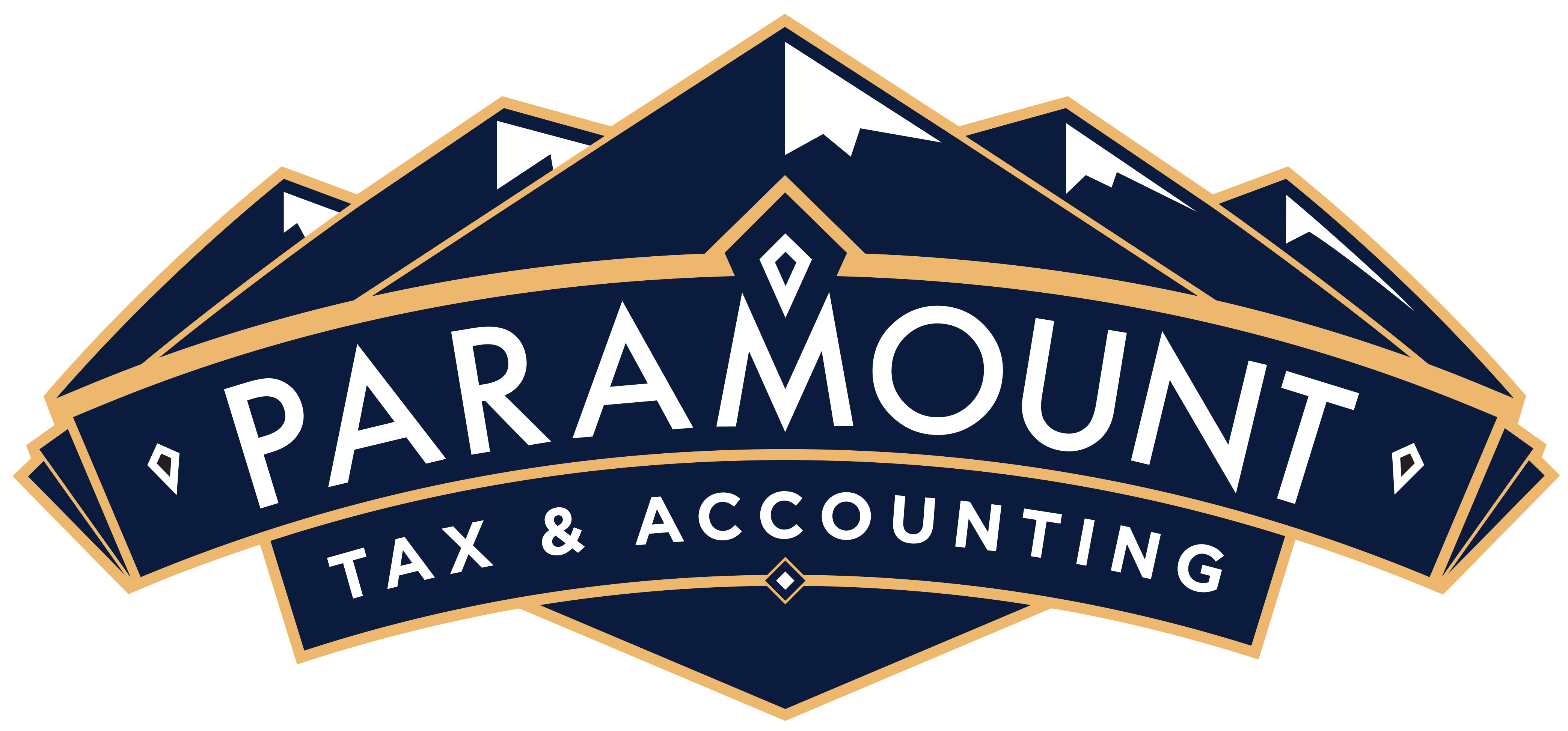Paramount Tax & Accounting Tustin Blog
Avoid Filing Mistakes This Tax Season in Tustin, CA
As tax season approaches, millions of Americans are preparing to file their tax returns. While online tax software promises a streamlined and user-friendly experience, it’s essential to recognize that even the best programs can make errors if not used carefully. Mistakes like missed deductions and incorrect filings can result in reduced refunds or IRS penalties.
This article explores the most common errors with tax software, offers tips for individuals and small businesses, and helps you decide: should I use free tax software?
Common Errors with Tax Software for Individuals
Tax software is designed to simplify filing, but it can’t prevent every mistake. Here are some of the most frequent errors people encounter:
- Incorrect or Missing Social Security Numbers: Entering the wrong SSN or omitting a digit can delay your return or cause it to be rejected. Always double-check that every number on your return matches the one on the Social Security card exactly.
- Misspelled Names: Minor typos or missing middle initials will cause processing issues. Legal name changes can also cause confusion. Ensure the names on your return match those on your official documents.
- Math Errors:Most tax software accurately handles calculations, but manual entries or overrides can still present mistakes. Always review your numbers, especially if you input any figures yourself.
- Missing Out on Credits or Deductions: Tax software may not always prompt you about less common credits or deductions, such as education credits or medical expenses. Review your eligibility for all possible tax breaks and input them accordingly.
- Incorrect Bank Account Numbers: Entering the wrong routing or account number can delay your refund or cause it to be sent to the wrong account. Double-check these details before submitting.
- Unsigned Forms: An unsigned return isn’t valid. E-filing usually includes a digital signature, but paper filers must sign physically. Do not submit a return without a valid signature, as it will be rejected.
These errors can result in delayed refunds, IRS notices, or additional taxes and penalties. Always review your return carefully before submitting it, or consider talking to a professional to go over the process with you.
Common Errors with Tax Software for Small Businesses
Small business owners face unique challenges when using tax software. Here are some common mistakes:
- Improper Payroll Tax Calculations: Many programs overlook state-specific employment taxes, which can lead to underpayment penalties. Failing to accurately and timely deposit withheld and employer payroll taxes may result in further penalties.
- Mixing Personal and Business Expenses: Many small business owners blur the lines between personal and business finances, making it challenging to track deductions and accurately report income. This can complicate tax filing and increase the risk of an audit.
- Overlooking Deductions: Commonly missed deductions include home office expenses, business mileage, and contributions to retirement plans. Many small businesses miss out on eligible deductions, resulting in higher tax bills.
- Not Keeping Adequate Records: Inadequate recordkeeping frequently causes tax issues for small businesses and can cause missed deductions and potential IRS scrutiny.
Small business tax returns are often more complex, and mistakes can cause problems for both the employer and the employees. When in doubt, consult a tax professional instead of relying on software.
Should I Use Free Tax Software?
Free tax software can be a great option for many individuals, particularly those with simple tax forms or filing for a single job. However, it might not offer enough support for those with more complex needs. Keep the following in mind before using tax software:
- Simple Tax Returns: If you have W-2 income, take standard deductions, and don’t claim complex credits or deductions, free tax software is usually sufficient. These programs are designed to handle simple returns and guide you through the process. Most free options automatically check for basic errors and make sure you’re taking advantage of credits.
- No Major Life or Financial Changes: If your finances are stable year-to-year, and you don’t have self-employment income, new investments, or significant deductions, free software can work well.
- Income Limits: IRS Free File is available only to those with an adjusted gross income (AGI) of $79,000 or less. If you exceed this income, you’ll need to pay for software or hire a professional service.
If your tax situation is straightforward, free tax software can save you money and time. However, if you have investments, business income, or need to maximize deductions, a professional tax preparer like Paramount in Tustin, CA is a better choice.

Avoid Common Errors with Tax Software
Tax software offers convenience and can help avoid common errors, but it isn’t foolproof. Mistakes like incorrect data entry, missed deductions, and misclassified expenses can cause the IRS to charge you more than you owe, or, in more serious cases, trigger audits.
If you’re still wondering, “should I use free tax software?” remember that it’s best suited for simple tax situations with straightforward income and no major financial changes.
Start your tax preparation early, double-check your entries, and don’t hesitate to seek professional advice, especially if your return is complex. Partnering with a trusted advisor like Paramount can ensure your return is accurate and maximize your refund.



